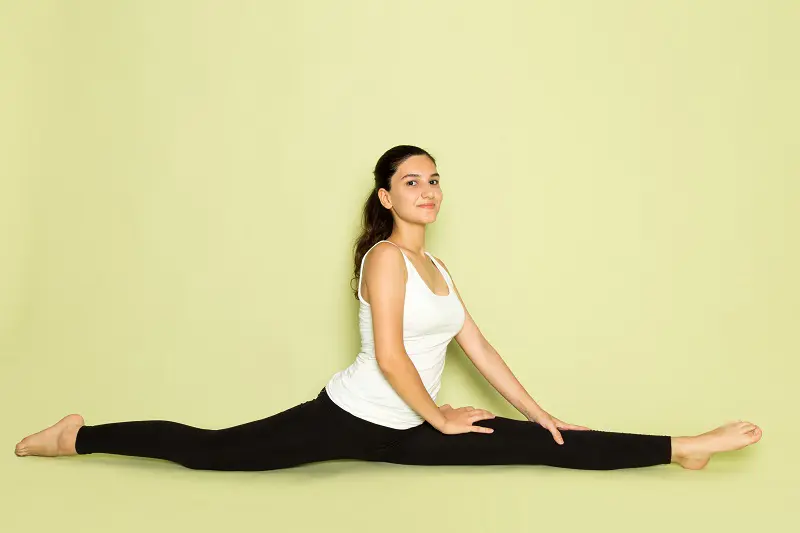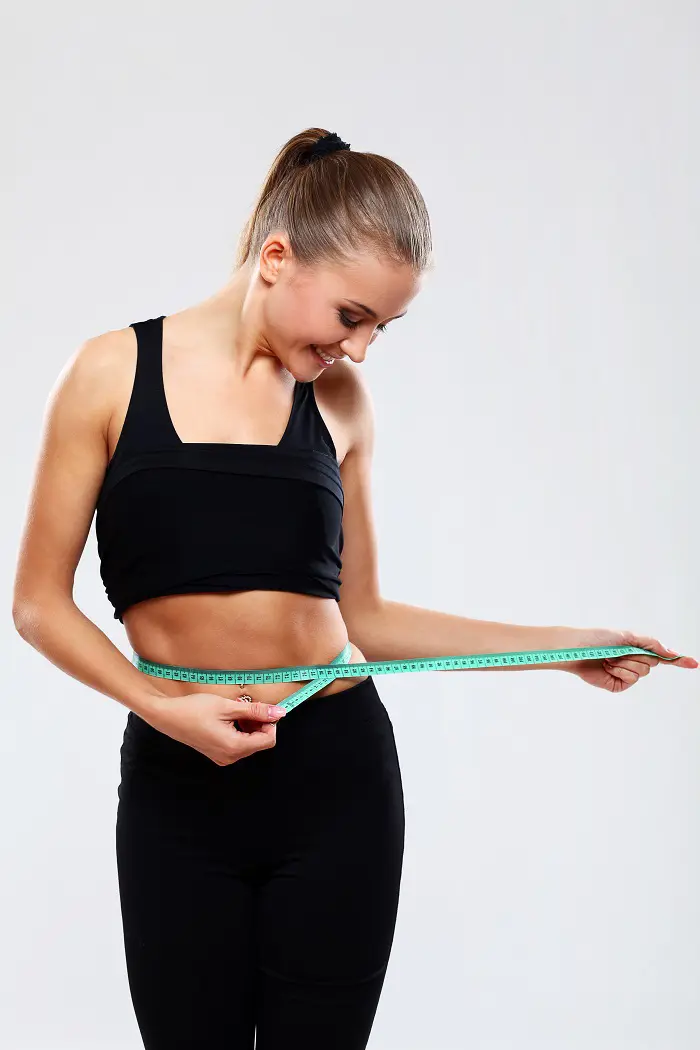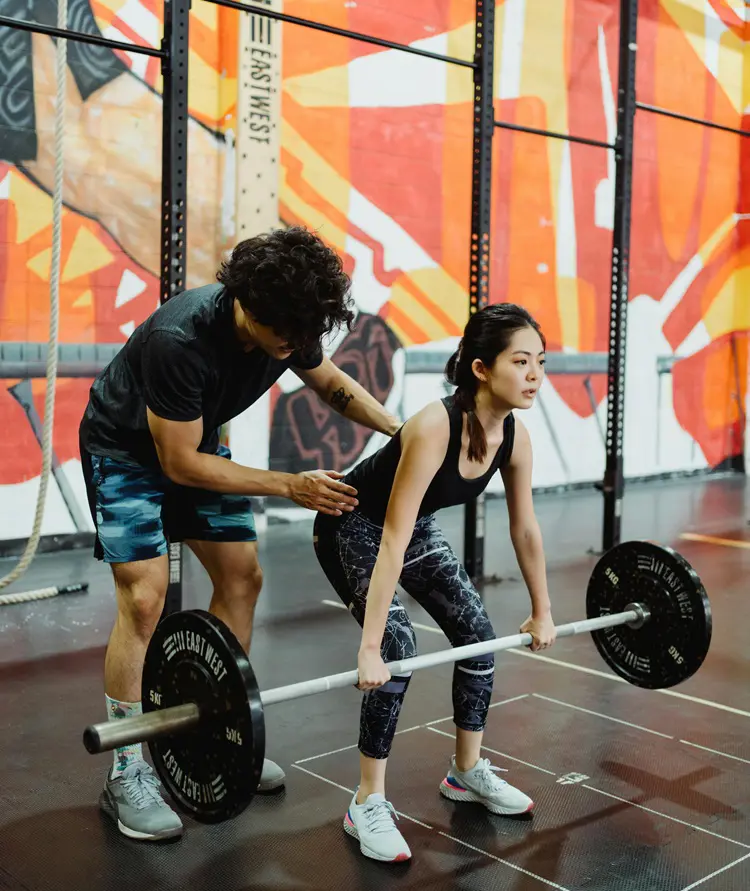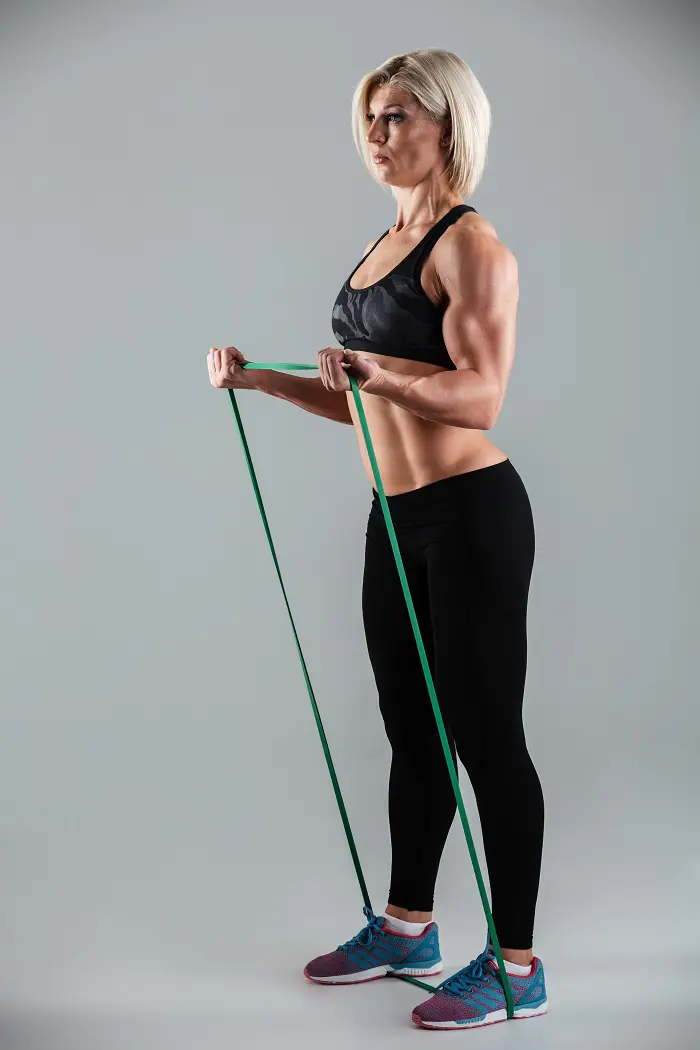How To Increase VO2 Max For Better Physical Fitness

VO2 max is a crucial indication of cardiovascular health, which measures how well your body utilizes oxygen during exercise. Improving it enhances energy levels, increases endurance, and strengthens athletic performance.
A higher VO2 max requires consistent effort, calculated modifications, and a focus on developing long-term resilience. So, here are some tips on how to increase VO2 max to achieve better physical fitness:
1. Increase Workout Intensity

Increasing the intensity of your workouts is a great technique for improving VO2 max and achieving better fitness results. Exercises that challenge your circulatory system (like running, swimming, jumping rope, and cycling) raise the heart rate and improve oxygen delivery to the body.
A slight increase in the workout's intensity also pushes the body to adapt and build a stronger heart and lungs. Over time, this will enable you to perform progressively tougher workouts with greater ease.
2. Mix Up Your Training Styles
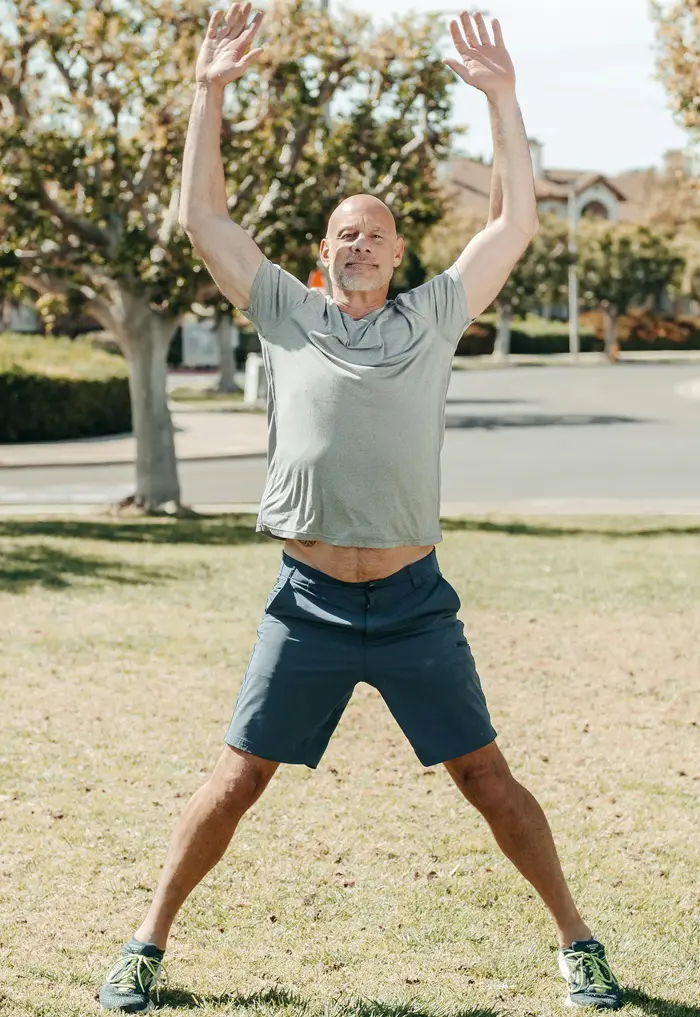
Changing up your training style is also a fantastic way to increase your VO2 max. Combining multiple workout techniques (such as strength-focused sessions, aerobic endurance, and high-intensity bursts) engages different energy systems and keeps your body ready for strenuous tasks.
This approach boosts muscle efficiency and strengthens your heart. Mixing styles also keeps you inspired and dedicated by avoiding boredom. It turns your fitness journey into an exciting adventure that propels your physical wellness.
3. Build Cardiovascular Endurance

Building cardiovascular endurance is like training for a fitness marathon - the reward is a stronger heart and healthier lungs. Incorporate cardio exercises into your program in order to improve heart health.
Start with gentle sessions and progressively increase the length or intensity to push the body. Your VO2 max will improve as you drive yourself, reducing the difficulty of working out and speeding up your recovery. So, put on those shoes and enjoy yourself while your cardiovascular system gets stronger!
4. Master Breathing Techniques

Your VO2 max may vary as you train your body more efficiently using better breathing techniques. It will transport more oxygen into the muscles, thus providing greater endurance while working out.
Diaphragmatic breathing (breathing in deeply by your nose and slowly exhaling through pursed lips) maximizes the capacity of the lungs and allows for longer and more intense physical efforts without fatigue.
In addition, controlled breathing can also help you stay within the range of optimal performance and manage your heart rate. You would be able to make every workout a little bit easier by practicing regular breathing exercises.
5. Regularly Track Progress
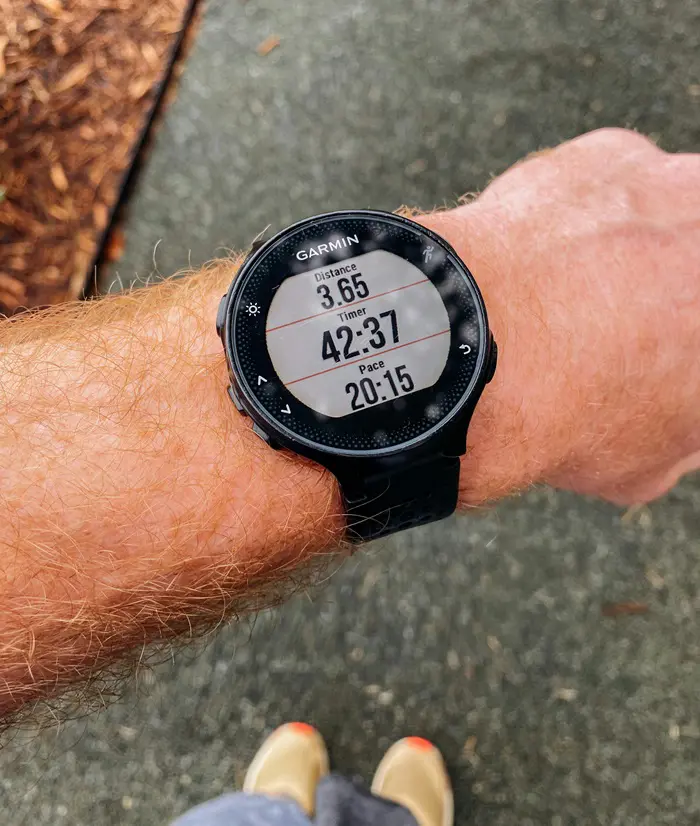
Monitoring your progress on a regular basis is essential for raising your VO2 max since it keeps you on track and allows you to modify your workouts as necessary. By keeping an eye on important indicators like heart rate and blood oxygen level, you can ensure that you're pushing yourself optimally.
Regular tracking also allows you to identify patterns and observe how your body reacts to certain exercises.
Devices such as the Apple Watch and Fitbit provide estimates of VO2 max and real-time heart rate data. Also, use various mobile apps (like the Pulse Oximeter Tracker and Instant Heart Rate+ HR Monitor) to bring you closer to your ideal fitness level.
6. Lose Weight

A fit body supercharges the VO2 max and makes you feel lighter on your feet. Losing weight makes it easier for your body to supply oxygen to your working muscles. This results in more fuel for endurance and less energy spent to bear extra weight.
Plus, reducing weight eases the burden on your heart and lungs, enabling them to function better during aerobic exercises. Therefore, start exercising and observe how your endurance increases as you lose weight.
7. Have A Balanced Diet

Consuming a well-balanced diet is like fueling your body with premium-grade energy to perform at its best. Healthy fats, lean proteins, fruits, and vegetables will keep your metabolic rates up while you perform different workouts.
Eating foods with good nutritional value provides energy to endure intense exercise, boosting your VO2 max with every session. Similarly, having proteins aid in muscle recovery, and carbohydrates boost the body's energy.
So, consider incorporating a balanced diet in your daily routine to optimize performance during intense exercise.
8. Stay Well-Hydrated

Water is essential for maintaining blood volume, controlling body temperature, and promoting optimal muscular function. Drinking enough water helps your heart pump blood more efficiently, leading to a higher VO2 max.
Think of it as keeping an engine cool while making sure it runs smoothly. So, start drinking 2 to 3 litres of water per day for improving VO2 max.
9. Prioritize Rest And Recovery
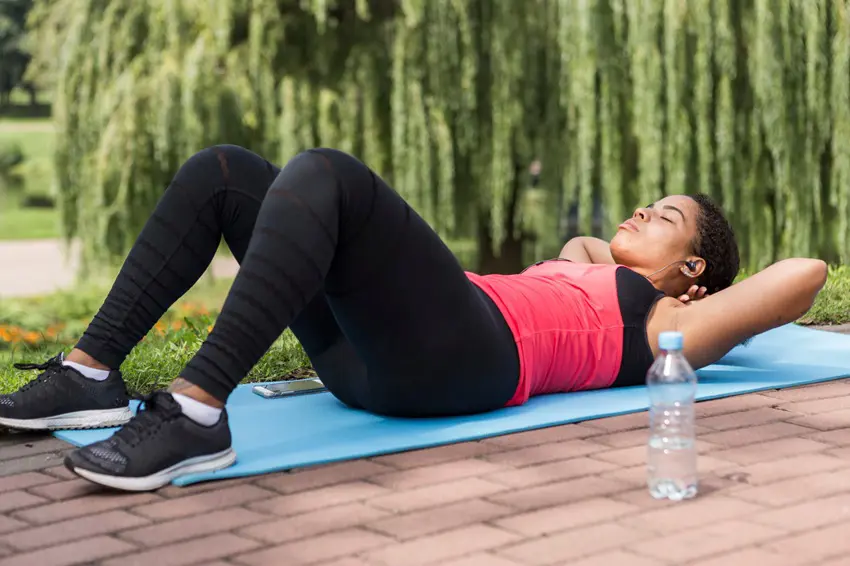
Proper rest is crucial for increasing your VO2 max because it gives your body enough time to recover from muscle soreness. Allowing rest time after workout sessions also provides your heart and lungs with the necessary recovery period.
Lack of rest and sleep increases the risk of injury, which can eventually hinder your physical fitness. That why it's important to include some rest days since it allows your body to prepare for even greater performance.
Best Workouts For Increasing VO2 Max
1. High-Intensity Interval Training
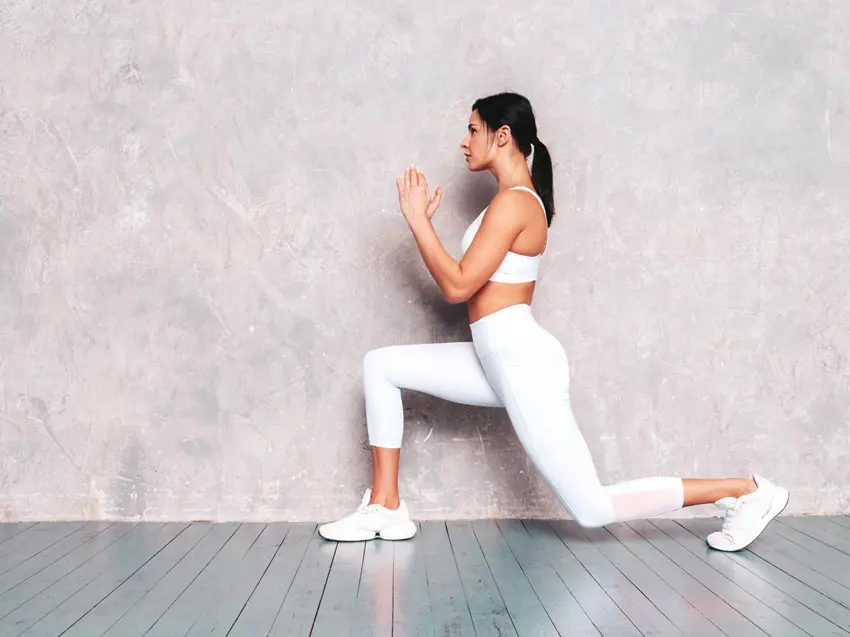
One of the most effective methods to enhance VO2 max is high-intensity interval training (HIIT). Different VO2 max training exercises (Squats, Jump Rope, Burpees, and Lunge Series) may engage your heart to its absolute limit.
This helps your heart and lungs to adapt quickly between workouts, increasing their ability to distribute oxygen throughout your body.
For example, conduct 30 seconds of sprinting followed by 1 minute of walking or light jogging. This is an efficient way to build stamina and endurance as well.
2. Cycling

Cycling is another best VO2 max exercise, as it engages large muscles and raises the heart rate. Regular cycling at varying intensity challenges the body to utilize oxygen more efficiently.
Over time, this continuous movement and the level of intensity from riding a bike will enhance the cardiovascular system. To perform this workout, start the ride for 3 minutes at a moderate pace and speed up the level for 1 minute.
3. Running
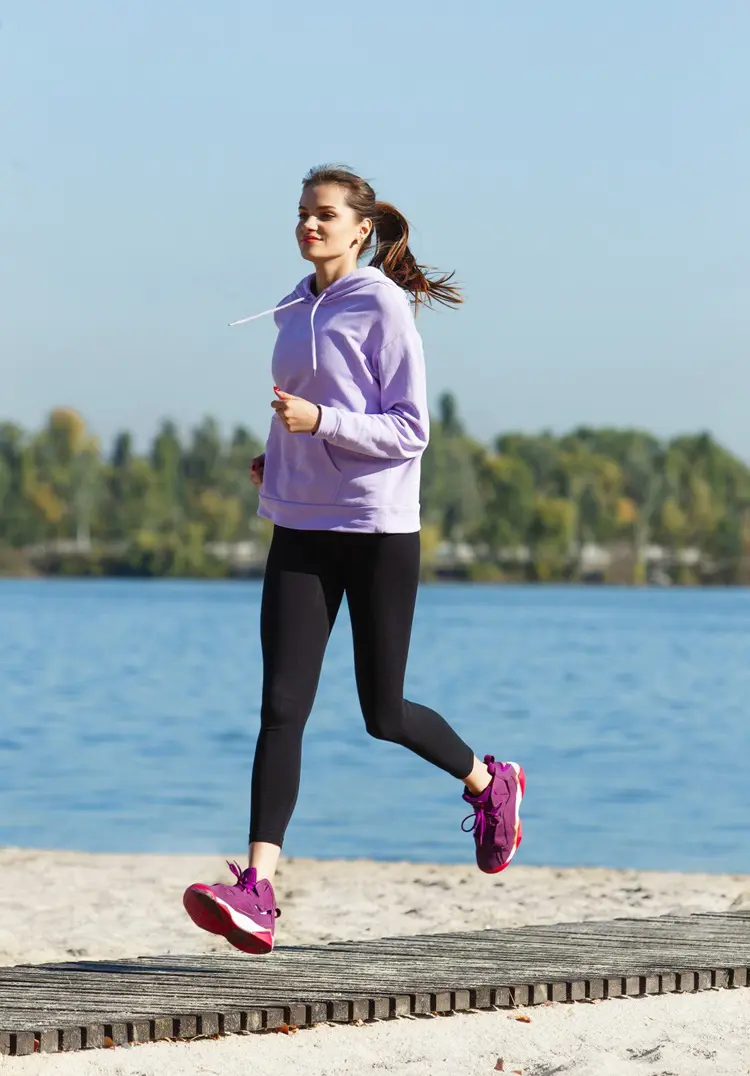
Running does not have to be boring all the time! Keep it interesting by changing things up. For instance, try Interval Sprints - which involve a 30-second fast run followed by a 1-minute jog.
Also, try hill sprints to increase the intensity and get your legs burning. Additionally, you can alternate between running at a regular pace and sprinting to keep your body engaged. These VO2 max training workouts will be a fun and challenging way to cure the boredom of regular exercise.
4. Plyometric Training
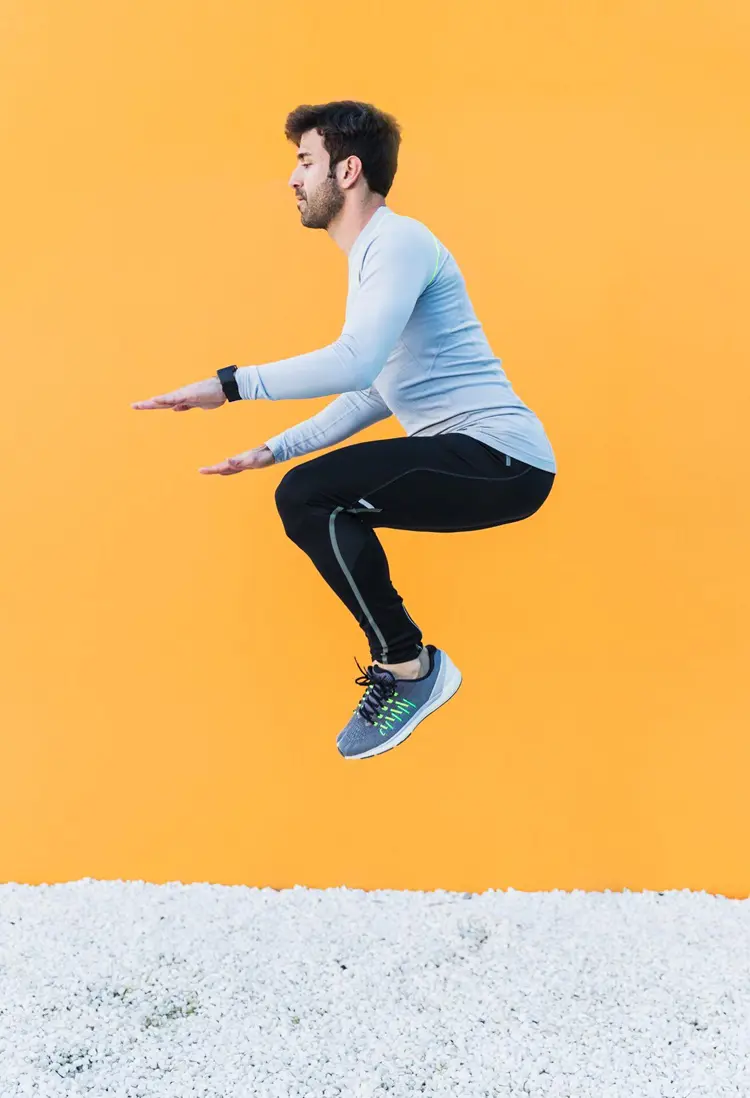
It is a high-intensity workout technique that raises your VO2 max by increasing your muscle fiber efficiency. Its forceful movements also enhance your body's capacity to maintain energy levels during intense workouts.
Plyometric exercises include burpees, box jumps, and jump squats. These dynamic drills are a fun way to promote quick muscle contractions and sustained energy.
How To Measure VO2 Max?
Your VO2 max is the amount of oxygen your body uses during intense exercise. You can estimate your VO2 max through fitness trackers or field testing.
One well-known step-by-step process for measuring VO2 max is:
- Step 1: Measure your heart rate for 20 seconds, then multiply the result by 3 to determine your resting heart rate per minute.
- Step 2: Subtract your age from 220 to determine your maximum heart rate.
- Step 3: Divide your maximum heart rate by your resting heart rate.
- Step 4: Multiply the outcome by 15.3.
For instance, your heart rate is 90 bpm and your age is 30, First of all, multiply the bpm value by 3, i.e. 90 * 3 = 270. After that, subtract your age by 220, i.e. 220 - 30 = 190.
Also, divide both the outcomes (190 / 270 = 0.70). Finally, multiply the result to find VO2 max, i.e. 0.70 * 15.3 = 10.71.
The approximate result is 10.71 mL/Kg/min.
However, the most accurate measurement of VO2 max test is conducted in the lab. The data is collected using professional equipment measuring the oxygen and carbon dioxide levels in your breath as you work out.
Different wearables use your heart rate data during exercises to estimate your VO2 max. These are less precise than a lab test, but they give an accessible measurement of temporal changes in VO2 max. This makes it easier to monitor progress and adjust workout plans accordingly.
Factors Affecting VO2 Max
1. Age
VO2 max is significantly influenced by age. Your heart, lungs, and muscles typically reach their peak condition in your late teens to early 20s. It naturally decreases by roughly 1% annually due to reduced respiratory and cardiovascular efficiency.
Regular aerobic exercise can lessen this and help sustain higher levels well into old age.
2. Gender
Gender is also an important factor affecting the VO2 max. Usually, men have larger lungs and more muscle mass than women. Because of these biological advantages, men have a benefit in oxygen delivery.
But don't worry, ladies! Women can also achieve amazing increases in VO2 max by improving their lifestyle choices and exercise levels.
3. Genetics
Your VO2 max is also determined by your genetics, which serves as the blueprint for your body's oxygen-handling capacities. Some people have a natural advantage from birth (such as healthy lungs, quicker oxygen transmission, or more stronger muscles).
Still, you can push the boundaries of natural limits through proper training and lifestyle commitments.
4. Lifestyle Factors
Do you smoke daily or live a sedentary lifestyle? These are proven ways to have a significant impact on your VO2 max. Maintaining an active lifestyle, eating a healthy diet, and getting adequate sleep can help you become more resilient. So, balance your choices to unlock your body's full potential!
5. Health Conditions
Your health condition also determines your VO2 max potential. Heart disease, asthma, and other medical conditions can spoil your body's ability to utilize oxygen.
How Fast Can VO2 Max Improve?
Although increasing VO2 max takes time, meaningful improvements can be made in a matter of weeks with persistent work. VO2 max might increase by 10% to 20% for novices in the first 4 to 6 weeks of focused training. Your circulatory system quickly adjusts to the new demands of exercise, increasing the efficiency of your heart and muscles.
Age, genetics, and the initial level of fitness can also affect the time it takes to progress. Younger people typically notice faster results compared to older people. However, modifying the training plans with high-intensity exercises can showcase marginal improvements.
In some cases, it also takes months or even years of concentrated training to reach your peak VO2 max. Incorporating an adequate diet and frequent tracking ensures sustainable growth of the lungs and heart.
Mistakes To Avoid
Avoiding common mistakes is key to safely improving VO2 max and enhancing physical fitness. Here are the major errors to avoid when exercising to boost VO2 max:
- If you start an intense exercise without warming up, you will face a higher risk of injury and restrict your body's ability to recover. Properly warming up and cooling down will further prepare your body for the powerful activity.
- Pushing yourself too hard without getting enough sleep can also result in injury. Aim for a well-rounded training routine that includes appropriate rest with high-intensity workouts.
- Concentrating too much on intensity without maintaining proper form can also lessen the benefits of workouts. Make sure you maintain correct posture and technique when performing workouts to increase efficiency.
- Training irregularly or skipping sessions can prevent your cardiovascular system from fully adapting to increased demands. So, maintain a proper schedule to get long-lasting effects.
- It's hard to see progress if you don't track your fitness level. Consistently tracking your VO2 max with tracking devices provides valuable feedback and motivates you to keep pushing forward.
Disclaimer: All the information mentioned above is for educational purposes and general use only. It should not be taken as a form of medical advice.
Recent posts
How To
How To
A Proper Guide On How To Do The Splits For Beginners
Learning how to do the splits is the ultimate goal for every gymnast and fitness enthusiast. Spreading the legs to a 180-degree angle is a true testament to athletic power and flexibility. As a beginner, it might feel intimidating at first, but with ...
How To
A Guide On How To Measure Your Waist Correctly
Measuring an individual’s waist is crucial for assessing internal fat deposits that surround the heart. It can indicate a person’s current health status, with a larger waistline suggesting a higher risk of heart disease and stroke. Along ...
How To
Hip Dips: What Are They And How To Get Rid Of?
Hip dips are slight indentations on the outer hips, appearing as small inward curves when viewed from the front. They are usually due to the protrusion in the pelvic structure and are largely determined by genetics. Many women aim for a more rounded ...
How To
How To Calculate Calorie Deficit For Weight Reduction
The term "calorie deficit" refers to burning more calories than we consume. It's a popular approach for losing weight and staying in shape. Achieving a calorie deficit could be tricky, as it requires consistent tracking, healthy habits, and accurate ...
How To
How To Get Veiny Arms And Increase Your Vascularity
Getting veiny arms require proper workout plans, a balanced diet, and consistent hydration. All of them play a vital role in enhancing our vascularity by improving muscle tone, enhancing circulation, and reducing body fat. We can also achieve veiny a...
How To
A Guide On How To Do Deadlift For Proper Strength Training
A deadlift is a strength training exercise that increases muscular mass, power, and stability throughout the body. Although lifting a weight off the ground may seem easy, it requires a precise form to maximize performance and prevent injury. Followin...
